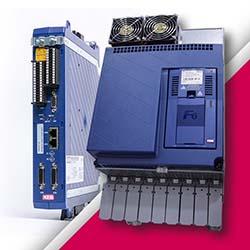Disruption Ahead: Automotive Manufacturers Look to the Future
Strategies to Strengthen Subassembly Sourcing
How Industry 4.0 is changing human-technology interaction
Siemens to buy Mentor Graphics amid push to digitize factories
A Complete Review of Semiconductor Lasers And a Few Words About What You Can Do With a 5.6 W Semiconductor Laser
Seebo and Autodesk Forge Team Up to Help Product Developers Launch Connected Devices
Samsung SDS releases AI-based smart factory system
High Efficiency Motors
Trump promises to bring back manufacturing jobs, but robots won't let him
China Adopts Cybersecurity Law Despite Foreign Opposition
CNC Inspection Software Reduces Time Needed to Machine Composite Parts
Automating One Acre Under Glass
Tesla is buying a German engineering company to automate factories
Lift Gate Provides Added Flexibility to SmartFlex System
For Visio, PDF is the new DWG
Records 2656 to 2670 of 3078
First | Previous | Next | Last
Featured Product

KEB VFDs for High Speed Motor Control
Manufacturing and Automation - Featured Company

